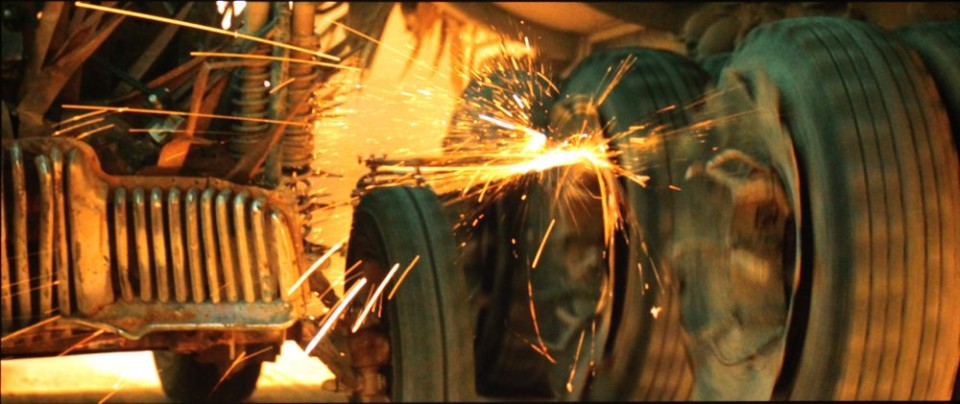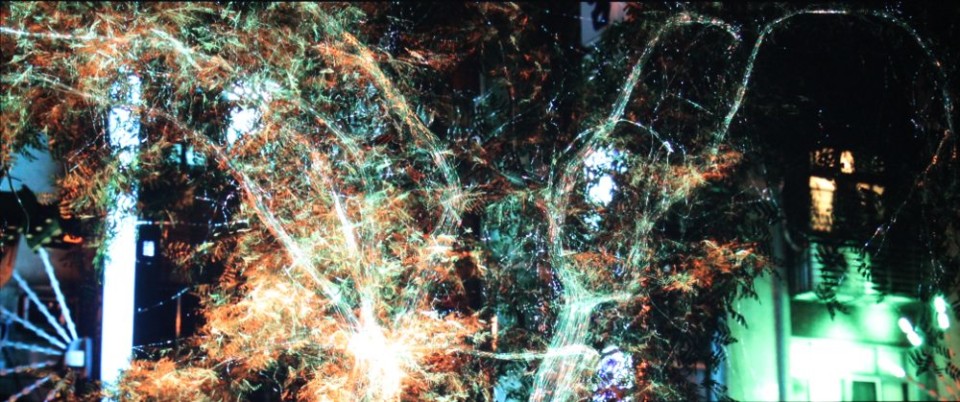This Optoma UHZ65, as is typical for Optoma, does not have a dynamic iris to help out lowering black levels. But it does have a feature called "Dynamic Black", which allows additional help with blacks by dynamically controlling the light output from the projector's lasers. While lamp-based DLP 4K projectors may offer a similar feature, it actually works when you have a laser light source while being ineffective with lamp-based models.
Overall, the UHZ65 has reasonably good blacks with the help of the Dynamic Black laser diming function, while the native black level (without the help from the dynamic laser diming feature) is not very good for the $4500 price point. The less expensive Epson 1080p pixel shifting UB projectors (e.g., Home Cinema 5040UB) has perhaps a 4 times better native on/off contrast ratio than the UHZ65 while the JVC DLA-RS540 has 10+ times the native contrast ratio of this Optoma. The Sony VPL-VW285ES (the lowest priced true native 4K projector) comes in with a contrast ratio lower then the JVC but higher than the Epson.
Above we have our usual James Bond (Daniel Craig) “night train” image taken with the Optoma, and then the same image on a few other projectors. We’ve converted them to grayscale, and intentionally greatly overexposed. You are looking for a projector that produces a very dark letterbox, and darkest areas of the image, while having the brightest whites in the bright areas. Most of the projectors in this price range are limited to under 2000 lumens after calibration, so for the most dynamic range (as in HDR – High Dynamic Range) has to come from blacker blacks.
That UHDZ65 image is followed by the Epson HC5040UB, that is less expensive competitor that is 3LCD 1080p pixel shifting projector that uses a dynamic iris. The Epson easily bests the Optoma in terms of black levels. The last of the images, is from the Sony VPL-VW285ES which is priced at $5000, or $500 more than the Optoma UHZ65. Although the Sony does not have a dynamic iris, its native black level is much better than the Optoma.
While the Optoma comes up short of the Epson 5040UB, and the Sony, the native black level performance is typical for a DLP projector while the use of laser dimming to improve the dynamic contrast moves it a step ahead of the lamp-based DLPs, certainly those lacking a dynamic iris, at or below the price point of the UHZ65.










